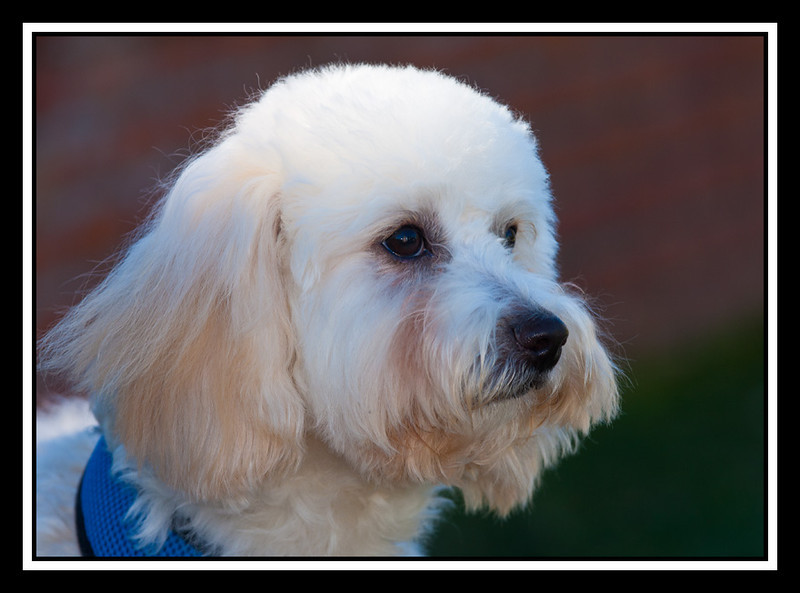What are the advantages and the disadvantages of the Zeiss 24mm 1.8 for Nex cameras and the Olympus 12mm 2.0 for MFT's?
Which is the better lens? In terms of sharpness and low-light photography.
Results 1 to 8 of 8
Thread: Better lens?
-
23rd February 2012, 12:10 PM #1

- Join Date
- Feb 2012
- Location
- Hyderabad ,India
- Posts
- 24
- Real Name
- KrishnaChaitanya
Better lens?
-
23rd February 2012, 12:14 PM #2

- Join Date
- Dec 2008
- Location
- New Zealand
- Posts
- 17,660
- Real Name
- Have a guess :)
Re: Better lens?
The disadvantage of both is that they're primes -- so you'll need a lot of them (at different focal lengths) to match the range of focal lengths of a zoom lens. Sharpness of any modern lens is pretty much a non-issue these days as an optimal sharpening workflow will have a FAR bigger impact on your images.
-
23rd February 2012, 12:18 PM #3

- Join Date
- Feb 2012
- Location
- Hyderabad ,India
- Posts
- 24
- Real Name
- KrishnaChaitanya
-
23rd February 2012, 12:27 PM #4

- Join Date
- Dec 2008
- Location
- New Zealand
- Posts
- 17,660
- Real Name
- Have a guess :)
Re: Better lens?
They're vastly different focal lengths - suitable for different things - so it's a bit like trying to compare a mini-van & a tractor.
The point I'm really trying to make is "why consider a prime at all" - 99.9% of the time all a prime will do is severely limit the types of image that you're able to take. And from a sharpness perspective - will be indistinguishable from an image taken with a zoom lens.
-
23rd February 2012, 01:21 PM #5

- Join Date
- Feb 2012
- Location
- Hyderabad ,India
- Posts
- 24
- Real Name
- KrishnaChaitanya
-
23rd February 2012, 02:18 PM #6

- Join Date
- Nov 2011
- Location
- Planet Earth
- Posts
- 253
- Real Name
- Pete
Re: Better lens?
as Colin says the Olympus gives a field of view equivalent to 24mm where as the Zeiss give a field of 36mm so they have different purposes.
I’m not going to get into an argument with Colin about Zooms vs Primes but…..
Why would you buy a prime?
They tend to have faster apertures than zooms. In the M4/3 and Sony Nex world nearly all zooms currently are f3.5-5.6 so a fast prime helps in low light. Also some of these primes (Panasonic 14f2.5 and 20f1.7) are so small that they make the cameras more compact.
This will change in time and Panasonic have some fast zooms coming out….
In the dSLR world it is different and for most of us a 17-55/24-70 f2.8 is fast enough. But for portraiture some photographers use say an 85 f1.4 to isolate background etc. Some photographer’s “need” faster than f2.8 hence they gravitate to primes. Also if you’re in to wildlife photography those huge primes are the rule.
I tend to use zooms on a dSLR and primes on my m4/3Last edited by thequacksoflife; 23rd February 2012 at 02:55 PM.
-
23rd February 2012, 03:33 PM #7
Re: Better lens?
At the risk of beating a dead horse... I am not keen on the ultra-thin DOF of the Canon 85mm f/1.4 (along with it's marginal sharpness, slow focus and enormous weight). I don't like portraits in which the tip of the nose and eyes cannot be in focus at the same time. I find that my 70-200mm f/4L IS lens is capable of selective focus by knocking the background out of focus while still retaining focus for the entire face and head as in this image of Toby...

Yep! Hugh primes are the ticket for many professional wildlife photographers because they need focal lengths well in excess of 400mm and a relatively wide aperture.
However, IMO, the new (AND VERY EXPENSIVE) Canon 200-400mm f/4L IS 1.4x lens will probably become the most versatile wildlife lens ever produced. But, unfortunately it is priced out of the range of a majority of photographers who are not independently wealthy or are making a good living shooting nature.
-
23rd February 2012, 03:52 PM #8

- Join Date
- Nov 2011
- Location
- Planet Earth
- Posts
- 253
- Real Name
- Pete

 Helpful Posts:
Helpful Posts: 
 Reply With Quote
Reply With Quote

